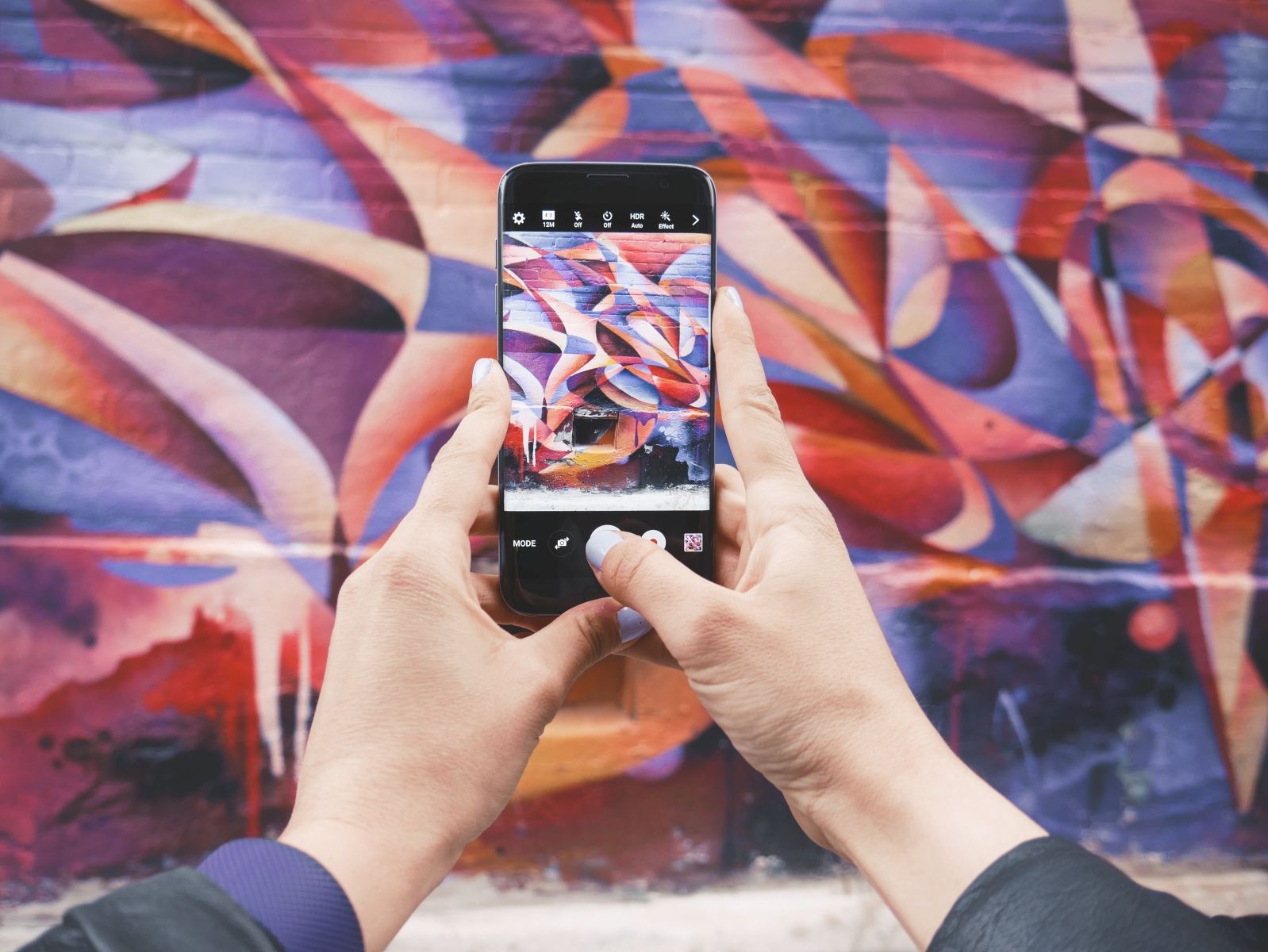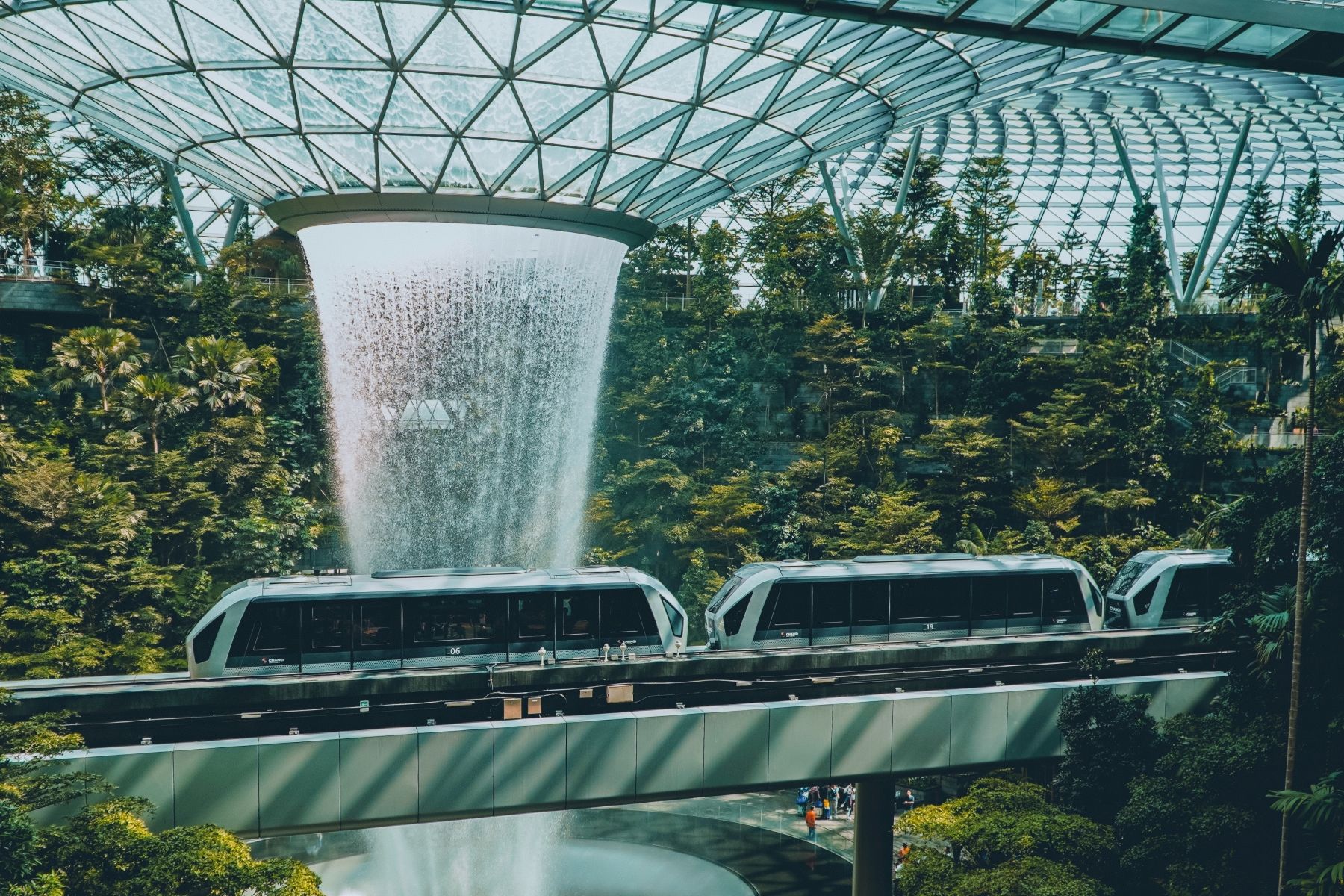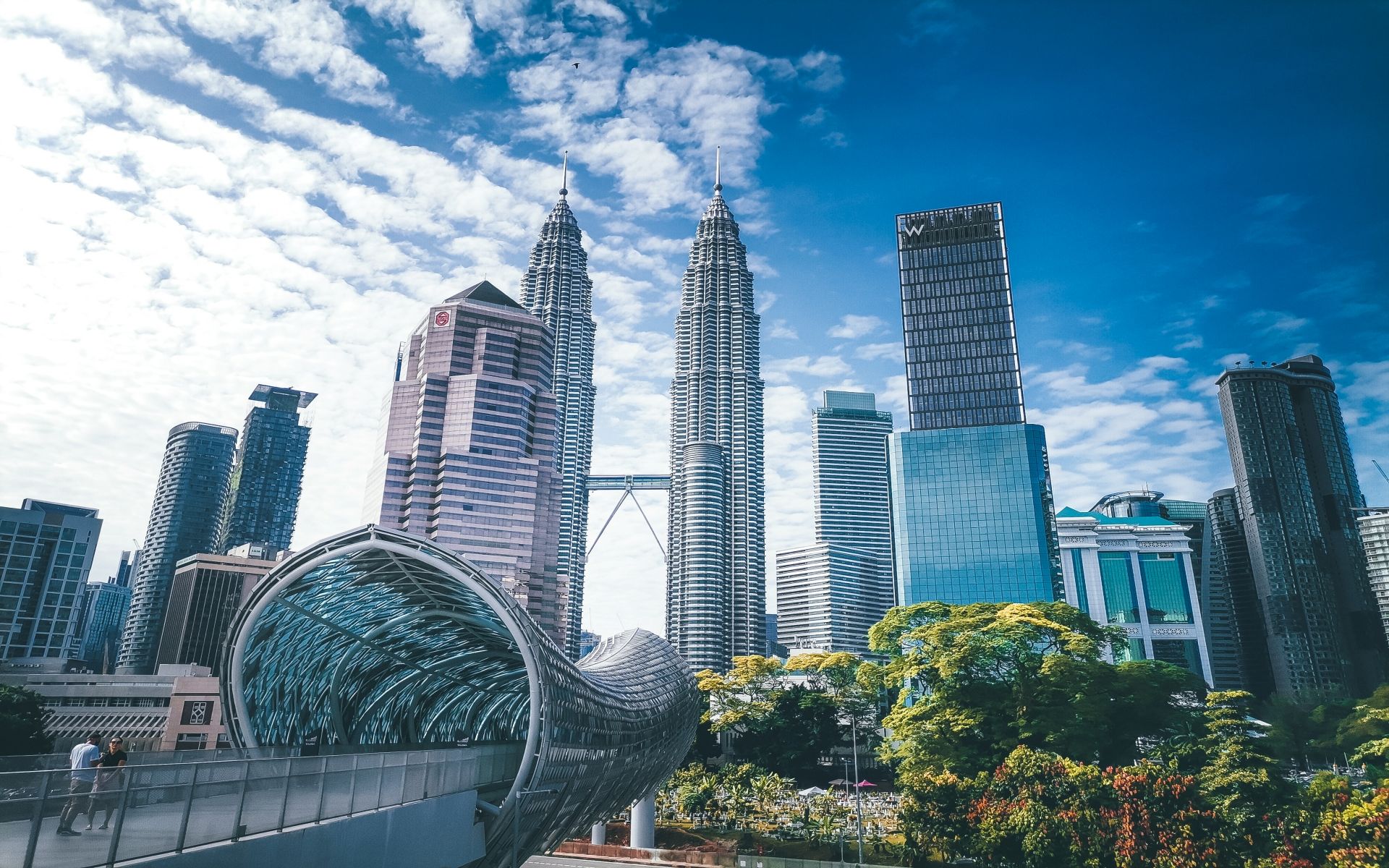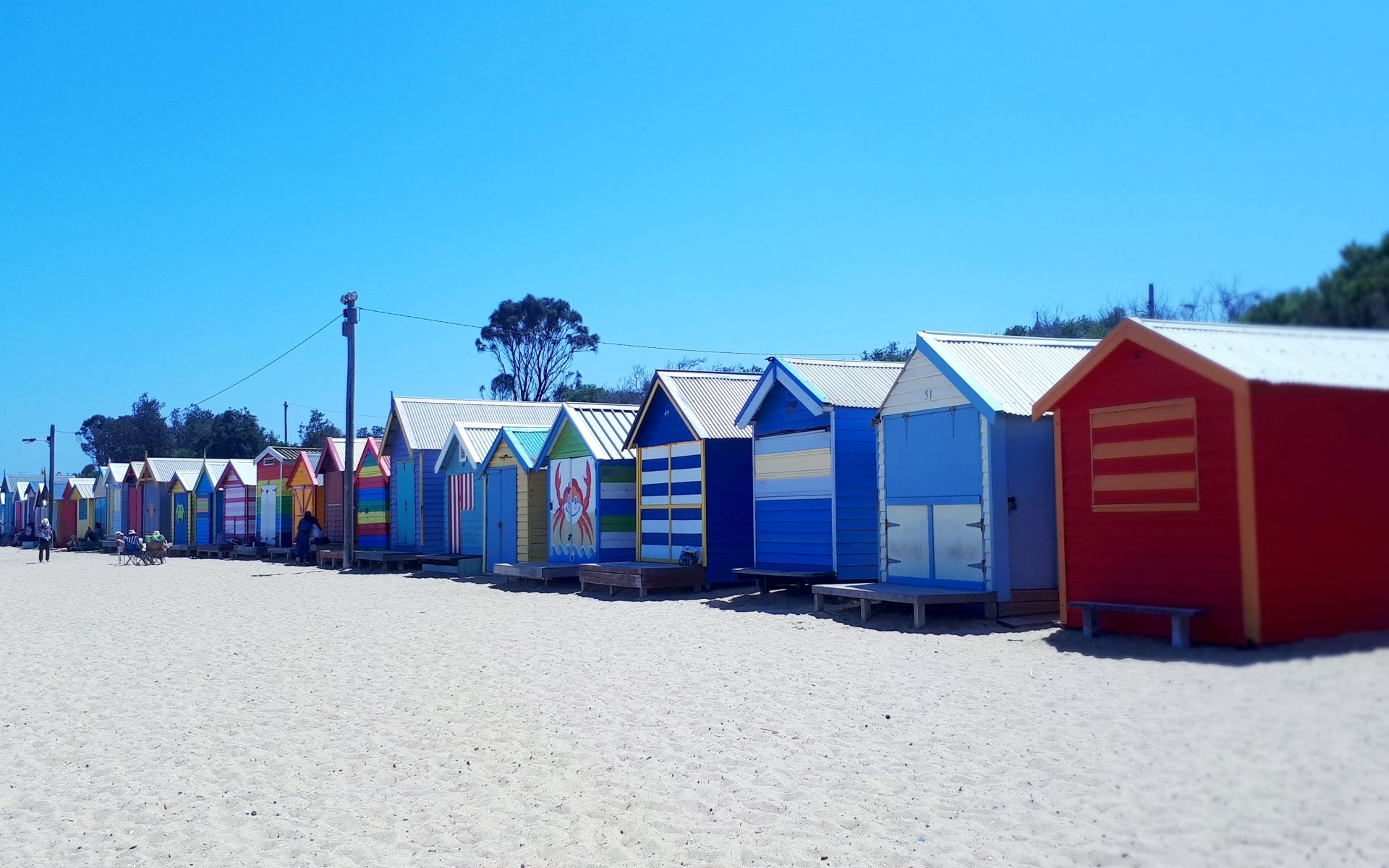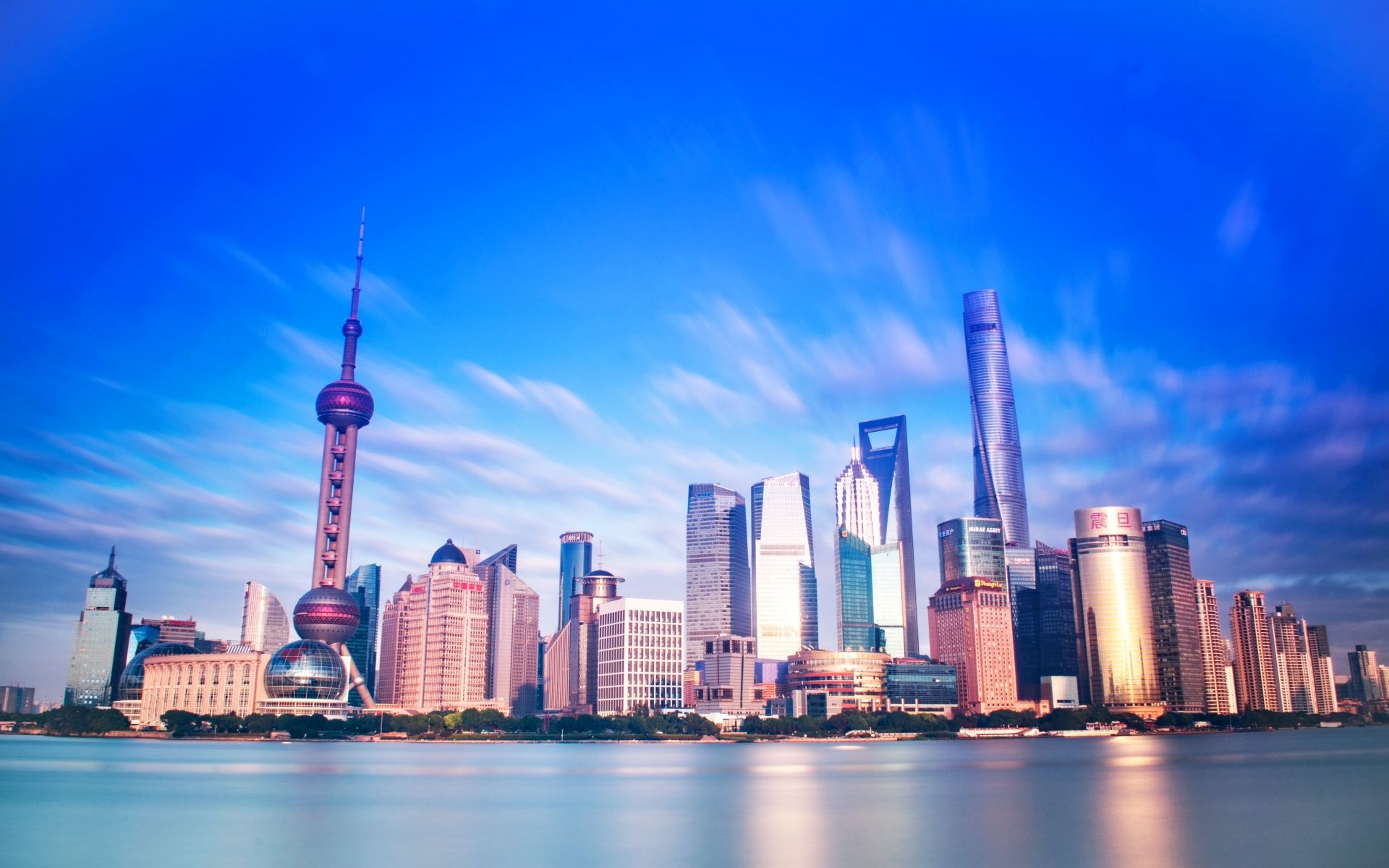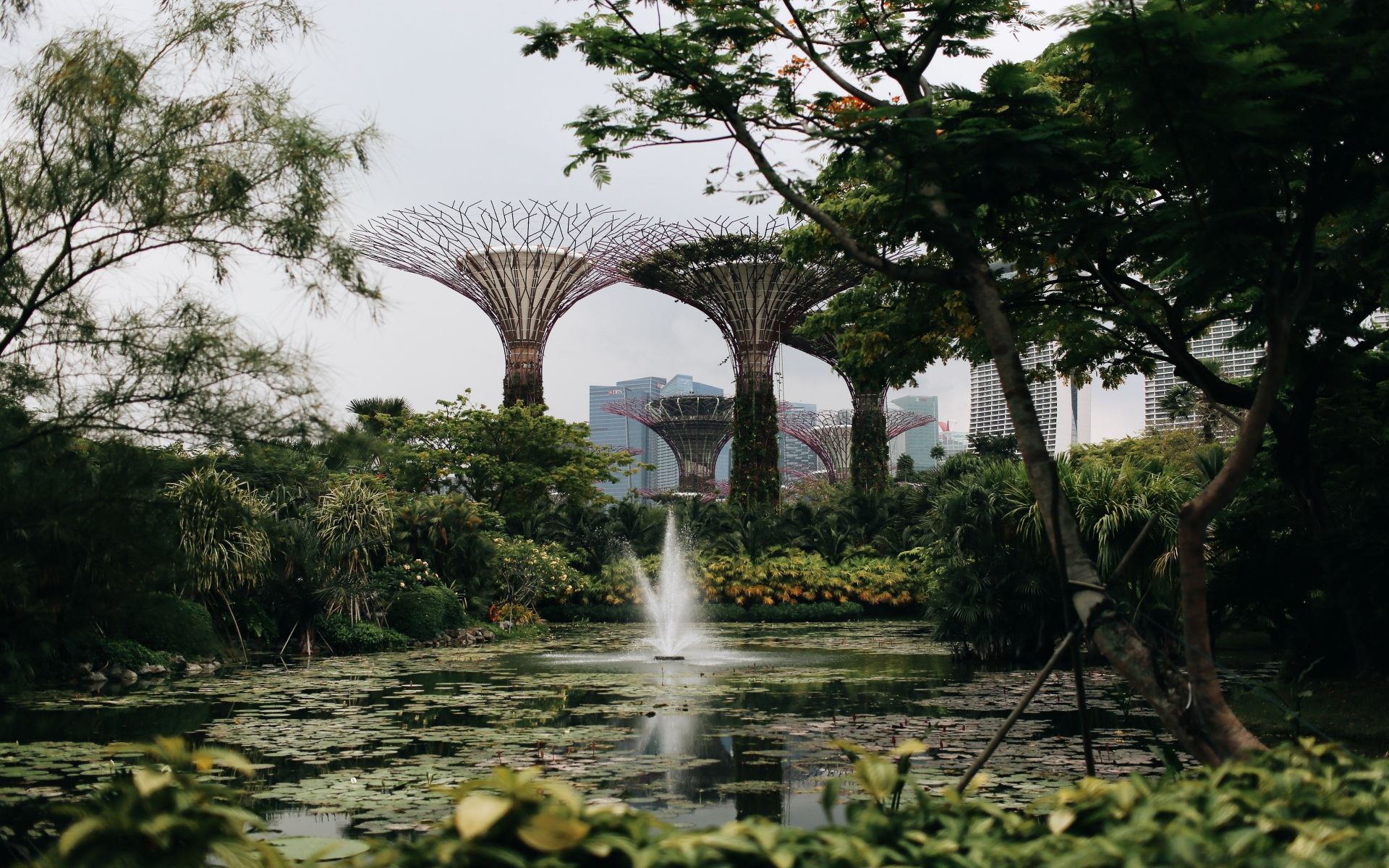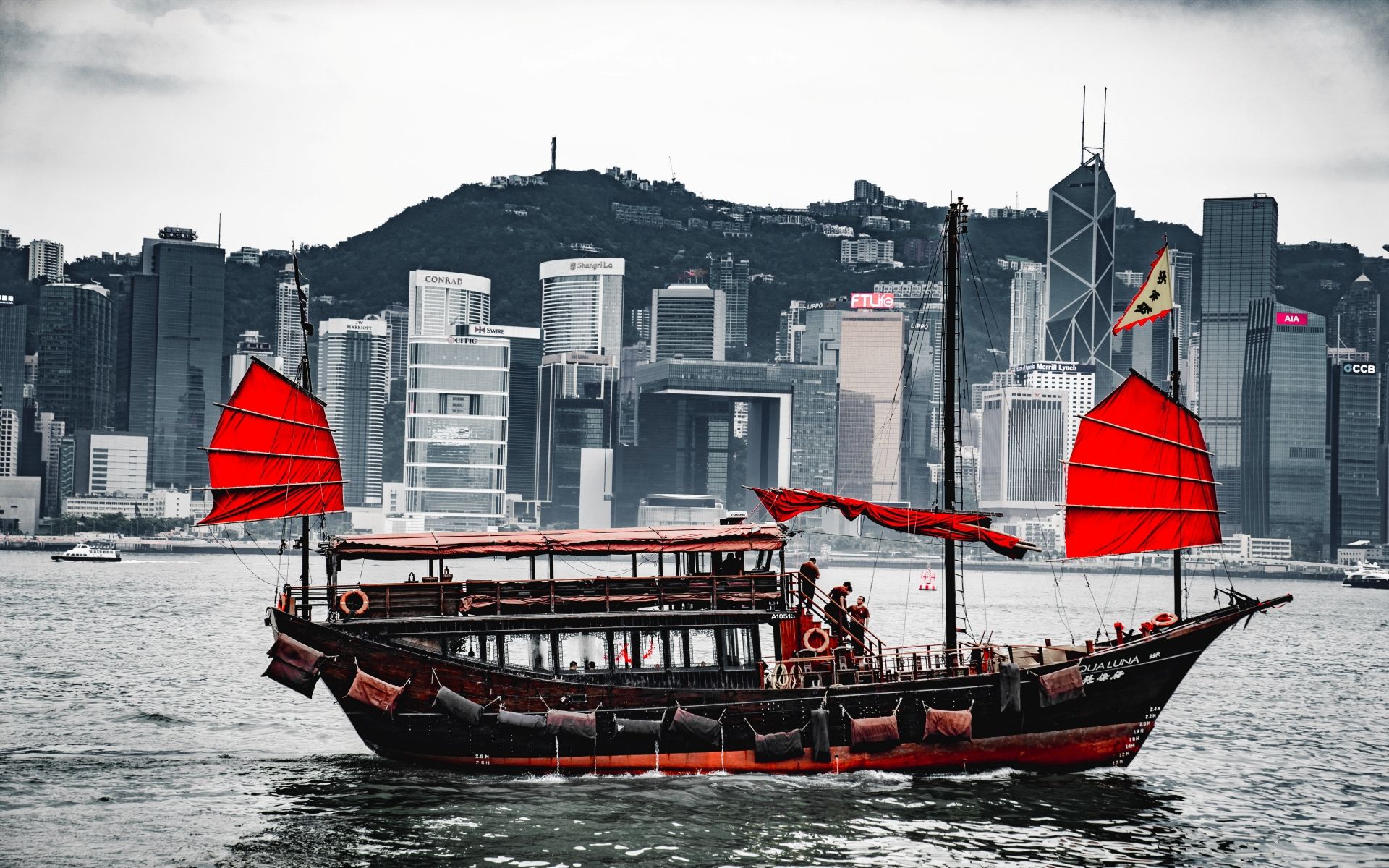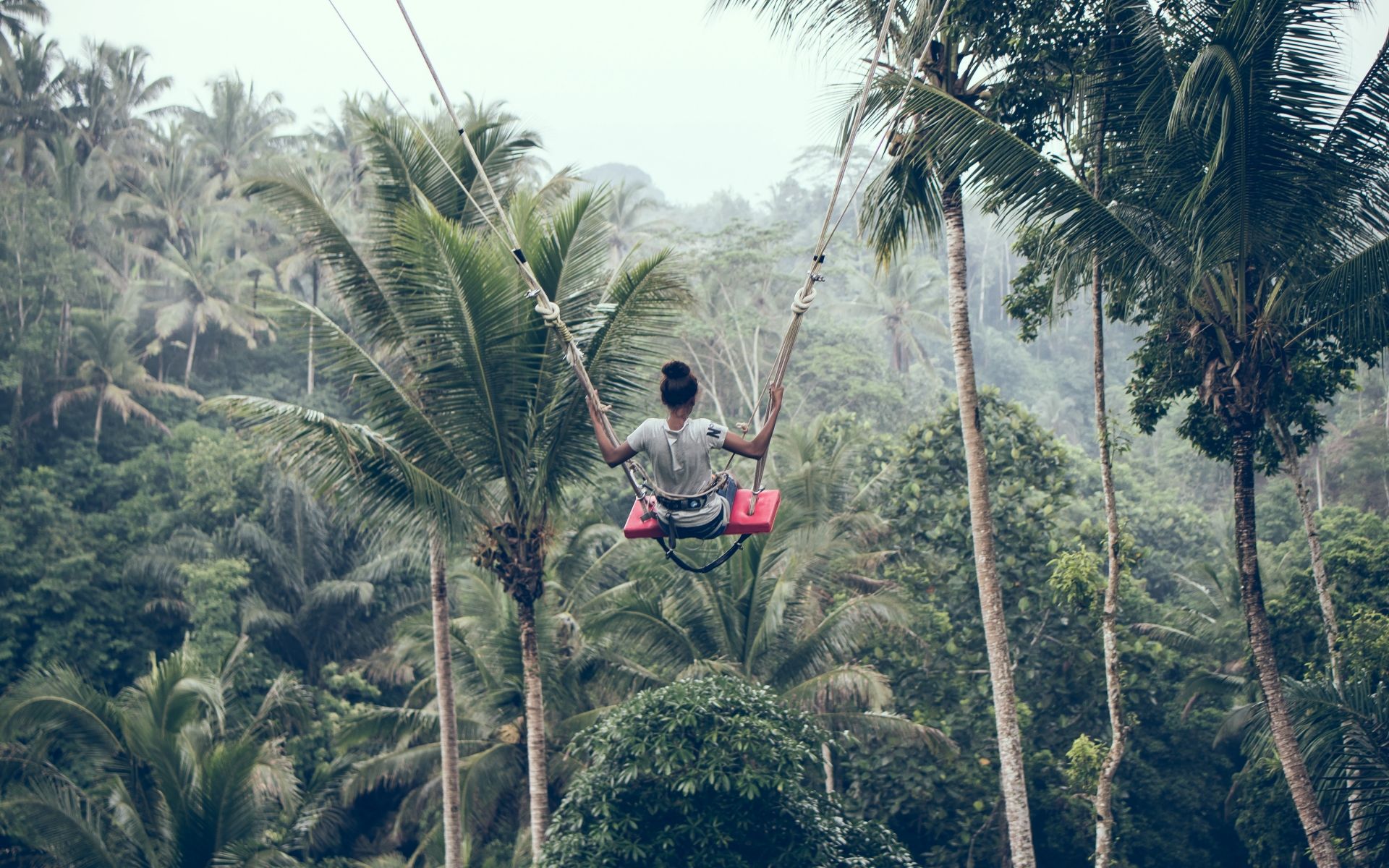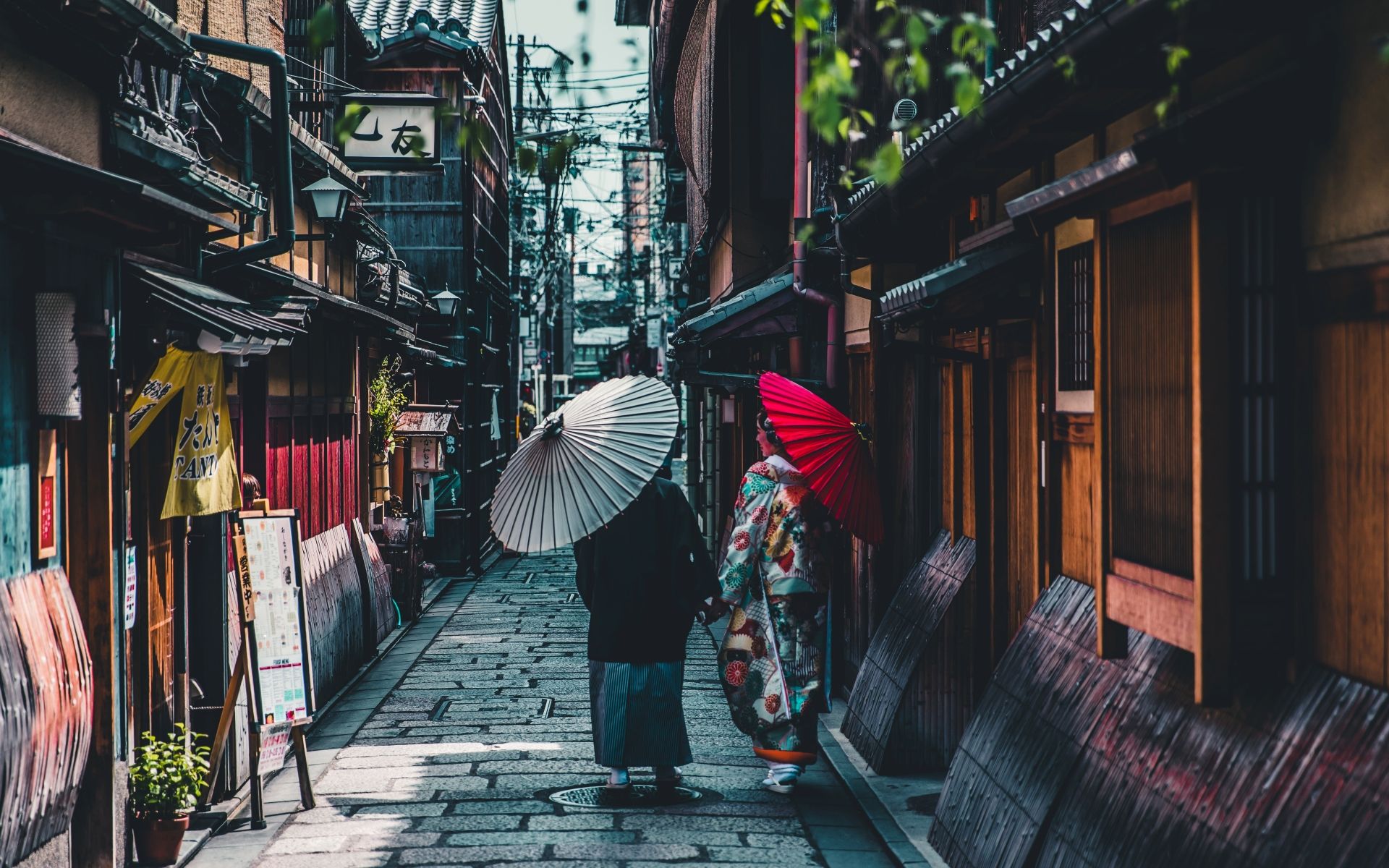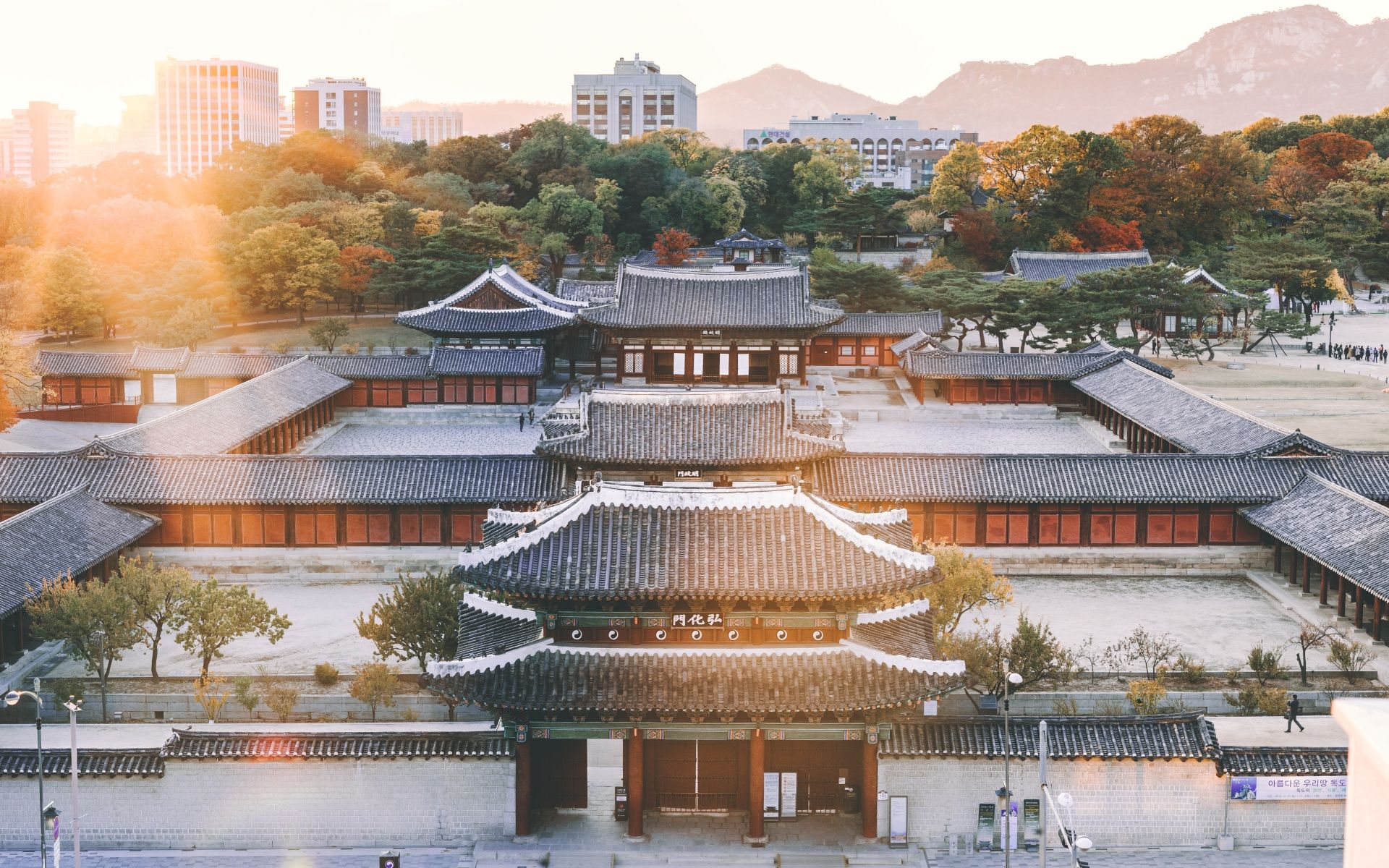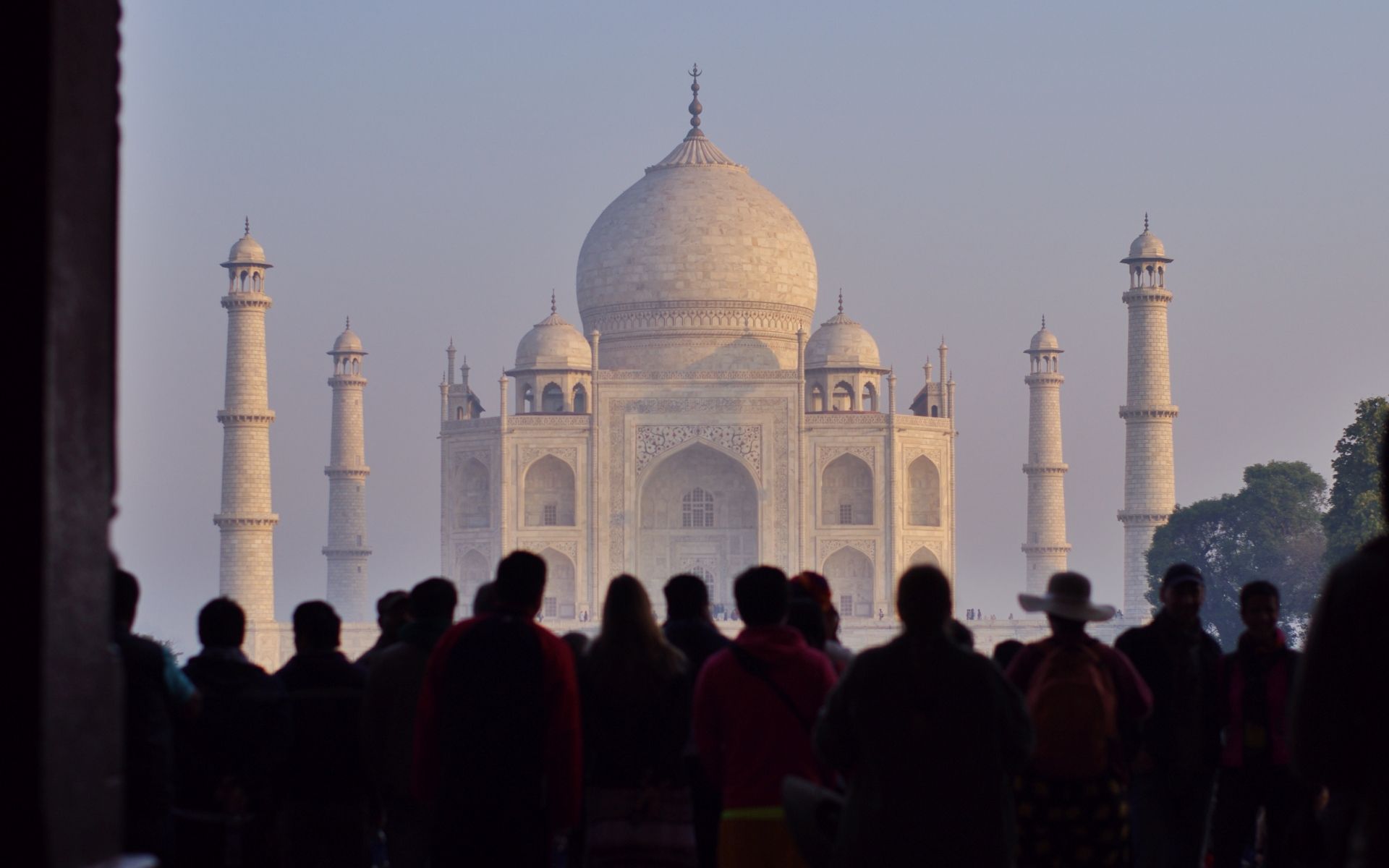In light of the Singapore-Hong Kong travel bubble announcement, let's take a look at what the other countries, including Malaysia, are doing to halt the decline of tourism
UPDATED NOVEMBER 26, 2020
The planned travel bubble between Hong Kong and Singapore has been scrapped a day before its launch. Hong Kong announced the scheme would have to be deferred for two weeks following a sudden rise in coronavirus infections. “This is a sober reminder that the Covid-19 virus is still with us, and even as we fight to regain our normal lives, the journey will be full of ups and downs,” Singapore transport minister Ong Ye Kung wrote on his Facebook page.
The harsh reality of the COVID-19 pandemic is that much of life as we once knew has changed. On top of restricting how we live and interact with one another, and how we work and communicate, it has also heavily crippled the tourism industry. Travel has become a rare luxury with strict guidelines and restrictions.
According to the UN World Tourism Organization (UNTWO), 96 per cent of the planet’s destinations have imposed travel restrictions, either completely or partially closing their borders. With Malaysia keeping its borders closed to tourists into 2021, international travel will remain off the table for now.
Related: Air Travel Bubble Between Singapore And Hong Kong To Begin On November 22
